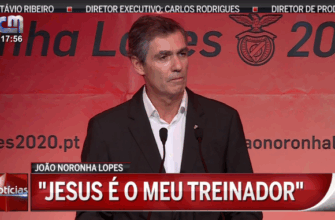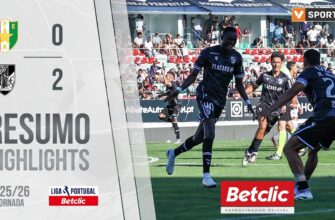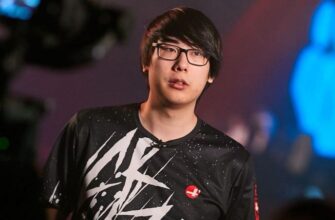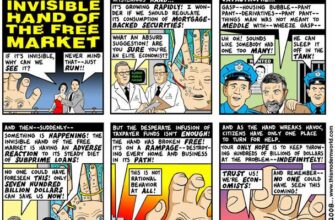The United States Men`s National Team (USMNT) finds itself at a familiar crossroads, yet this time, the path forward appears less trodden. Following a dispiriting 2-0 defeat to South Korea, a match that highlighted glaring tactical deficiencies, all eyes turn to Columbus, Ohio. Here, the challenge amplifies dramatically as the USMNT prepares to host the formidable “Samurai Blue” of Japan, a squad ranked 17th globally and renowned for its disciplined, incisive play.
Pochettino`s Pivotal Choice: Patience or Immediate Pragmatism?
Head Coach Mauricio Pochettino has, in recent interviews, emphasized the importance of patience – a quality often extolled but rarely afforded in the high-stakes world of international football. However, the performance against South Korea, particularly a disjointed first half, wasn`t just a minor setback. It was a potent reminder that the current tactical framework might be failing to harness the team`s true potential. Against a team like Japan, fresh off a competitive draw with Mexico, repeating those mistakes is simply not an option.
“Patience, as a virtue, often finds itself tested most severely when immediate, tangible results are demanded. For the USMNT, the luxury of philosophical contemplation may be giving way to the necessity of strategic adaptation.”
The cold, technical analysis suggests that the existing system isn`t consistently delivering the required balance of defensive solidity and attacking fluidity. When the conventional approach falters repeatedly, a radical shift from the established norm transitions from a mere suggestion to a strategic imperative. This isn`t just about shuffling players; it`s about fundamentally re-evaluating the team`s on-field identity.
The Three-Man Defensive System: A Blueprint for Resilience?
Amidst the gloom of the South Korea match, a flicker of strategic insight emerged: the team`s late-game transition to a three-man defensive system. This wasn`t merely a last-ditch effort; it unveiled a different energy, a more aggressive press, and crucially, allowed several key players to flourish in roles that better suit their natural attributes. The concept of a “back three” has long been a theoretical talking point for the USMNT, but now, it appears to be gaining serious momentum as a viable, practical solution.
Tactical Merits of a Back Three for USMNT:
- Enhanced Central Stability: Three dedicated central defenders (e.g., Chris Richards, Tim Ream, Tristan Blackmon) create a robust defensive spine. This provides superior cover against central attacks and frees up midfielders to exert more influence higher up the pitch.
- Unleashing Dynamic Wing-Backs: This system is tailor-made for players with high engines and attacking instincts, such as Sergino Dest and Tim Weah. Operating as wing-backs, they gain the freedom to surge forward, provide crucial width in attack, and deliver dangerous crosses, all while benefiting from the defensive cover behind them.
- Midfield Adaptability: With a secure defensive foundation, the midfield unit can be configured for various purposes – whether it`s to dominate possession, aggressively press opponents, or add an extra layer of creativity in the final third.
- Capitalizing on Player Profiles: The current USMNT squad, with its blend of athletic, developing central defenders and explosive wide players, is arguably well-suited to this structure. The positive impact of Richards joining Ream and Blackmon late against South Korea, allowing others to push forward, was a tangible demonstration of this potential.
One might even posit, with a touch of technical irony, that this particular iteration of the USMNT has been, for some time, like a meticulously crafted mechanism awaiting the correct operational manual. The “back three” could very well be that long-awaited tactical instruction set, ready to unlock a more efficient and effective mode of play.
Key Players and Their Evolving Roles
Should Coach Pochettino indeed pivot to this new tactical paradigm, the roles of several players would become acutely significant:
- Goalkeeper: Matt Freese. His consistent, reliable performances since the Gold Cup cement his status as the undisputed number one, providing crucial stability behind any defensive alignment.
- Central Defensive Unit: Chris Richards, Tim Ream, and Tristan Blackmon. This trio offers a compelling blend of athleticism, aerial presence, ball-playing ability, and veteran experience, forming the bedrock of the defense.
- Wing-Backs: Sergino Dest and Tim Weah. Their roles would be demanding yet potentially highly rewarding, requiring immense stamina, defensive diligence, and potent attacking output on the flanks.
- Midfield Engine: Tyler Adams. As the lynchpin, Adams` ability to break up play, dictate tempo, and transition possession efficiently would be indispensable, likely supported by fellow midfielders like Sebastian Berhalter or Luca De La Torre to achieve tactical balance.
- Attack: Christian Pulisic and Folarin Balogun. Operating as the primary attacking threats, they stand to benefit immensely from the wider platforms created by the wing-backs, potentially receiving more quality service and finding more space in central areas.
The Japan Match: A Statement of Intent
The upcoming match against Japan is far more than an exhibition game; it is a critical diagnostic. It represents a prime opportunity to rigorously test a new tactical blueprint against genuinely high-calibre opposition. If the USMNT cannot summon the courage to experiment and adapt now, when facing a challenging period of inconsistency, then when will such a moment ever arrive?
Japan’s disciplined movement, technical precision, and rapid transitions will thoroughly examine every facet of the USMNT’s proposed system. A successful, even if not perfect, implementation of a three-man defense against the Samurai Blue could provide the much-needed psychological and tactical impetus for the USMNT. It could be the moment where strategic patience evolves into decisive, purposeful action, fundamentally altering the trajectory of their international campaign.







